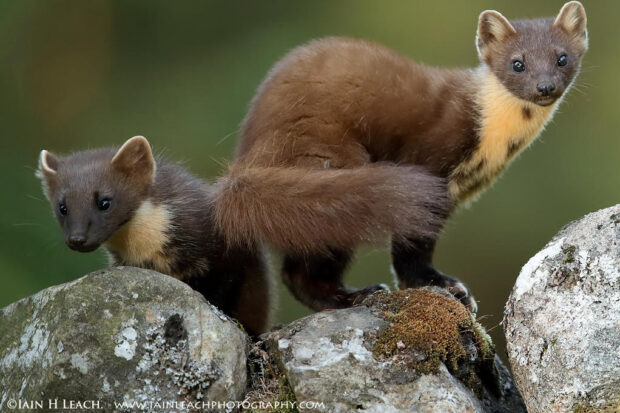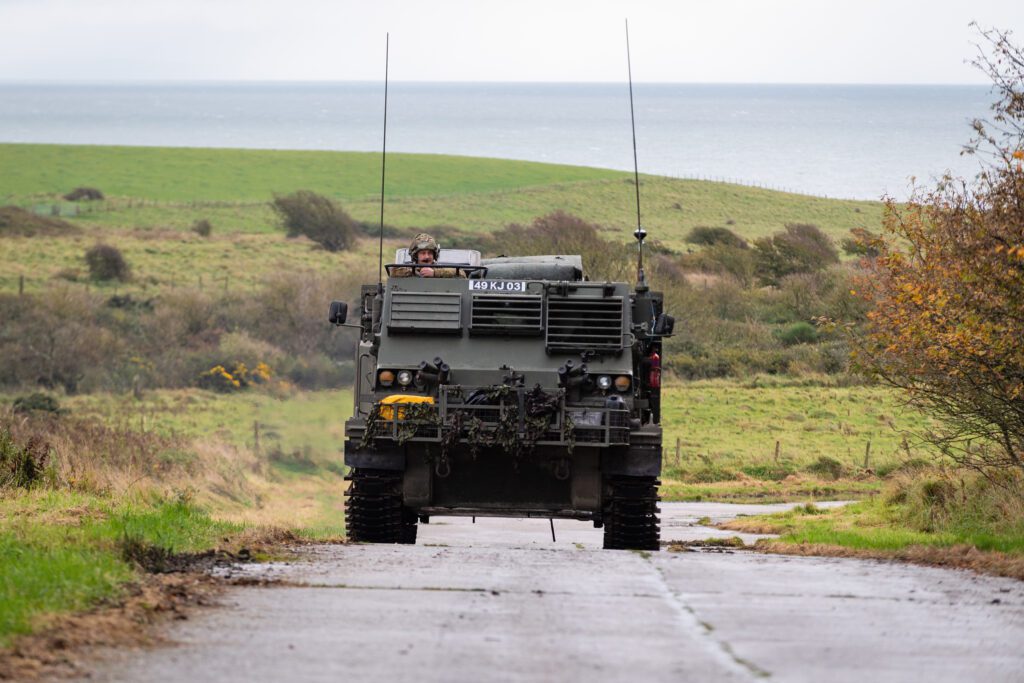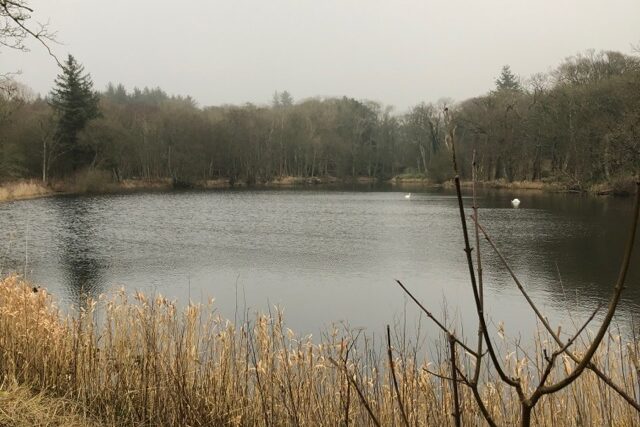
Kirkcudbright Training Centre is primarily used for infantry training, including live firing, and stretches over approximately 1,900 hectares (4,700 acres) of varied landscape and habitats.

Introducing pine martens to help red squirrels
However, I’ve been working with the Dumfries and Galloway Pine Marten Group on an initiative to encourage a permanent population of pine martens. Research has shown that where pine martens have been reintroduced or encouraged, red squirrels flourish. This is because pine martens are a natural predator of squirrels, but red squirrels are much more cautious of pine martens than their grey cousins.
There is evidence of existing pine marten activity in the area, but it is mostly migratory. To help change that, we’ve obtained funding from DIO’s Conservation Group to install six pine marten den boxes. These replicate large tree cavities, which are not that common in nature, and form a safe area where pine martens can breed and spend the winter. I’m hopeful the boxes will help a small, permanent pine marten population to develop and reduce our grey squirrel numbers, encouraging a resurgence of their red cousins.

We’ll be monitoring the pine marten den boxes using trail cameras and if this initiative is successful, I’d like to expand it to more of Kirkcudbright Training Area.
Balmae Lake regeneration
This work forms part of a wider project to rejuvenate the Balmae Lake region of Kirkcudbright Training Centre. Working with our industry partner Landmarc Support Services, we’ve removed non-native plant species such as rhododendron, montbretia and bamboo and replaced them with Scottish wildflowers. The hope and intention is that this will increase insect numbers and diversity of insect species.

As you can see a lot of work has gone into this and I’m not finished yet!